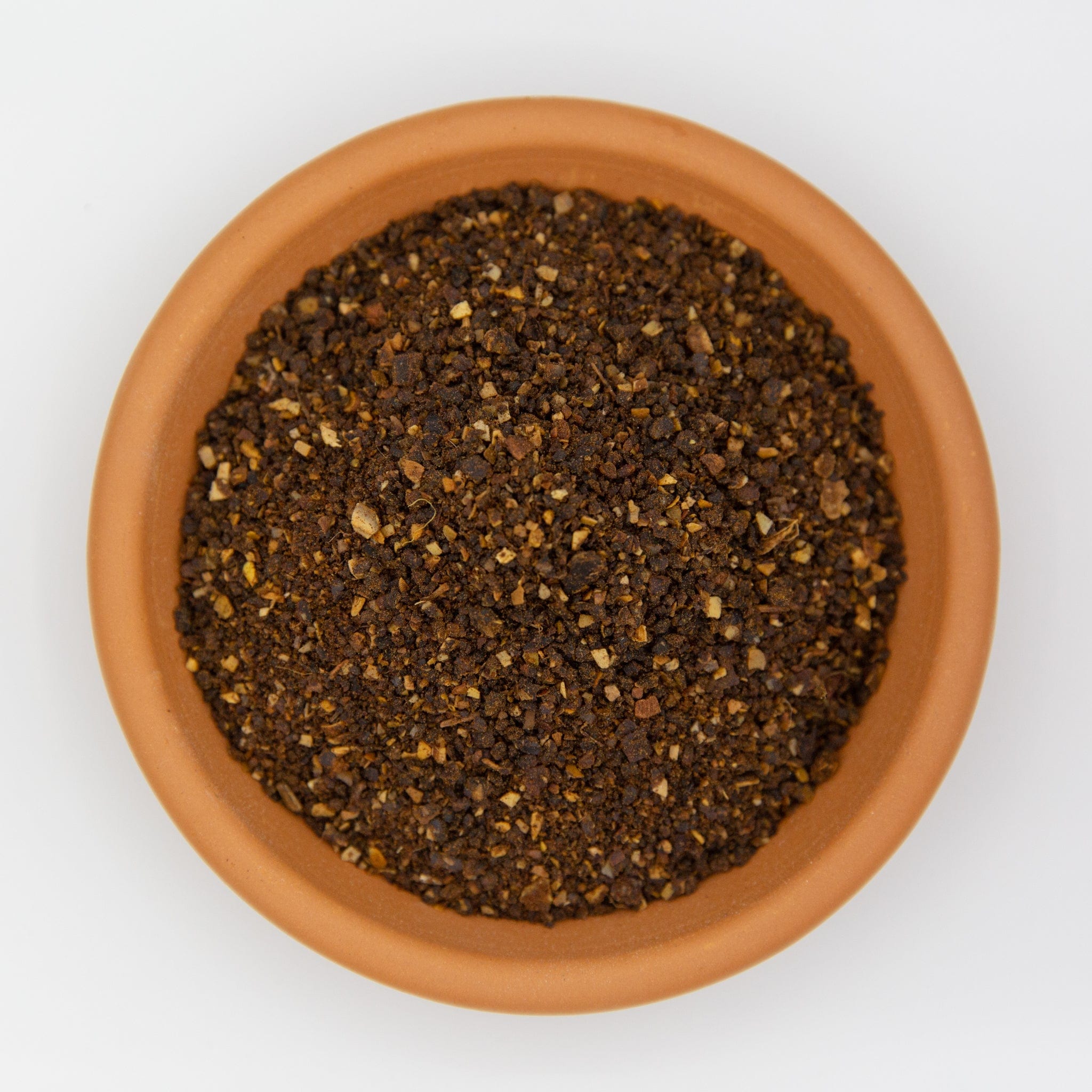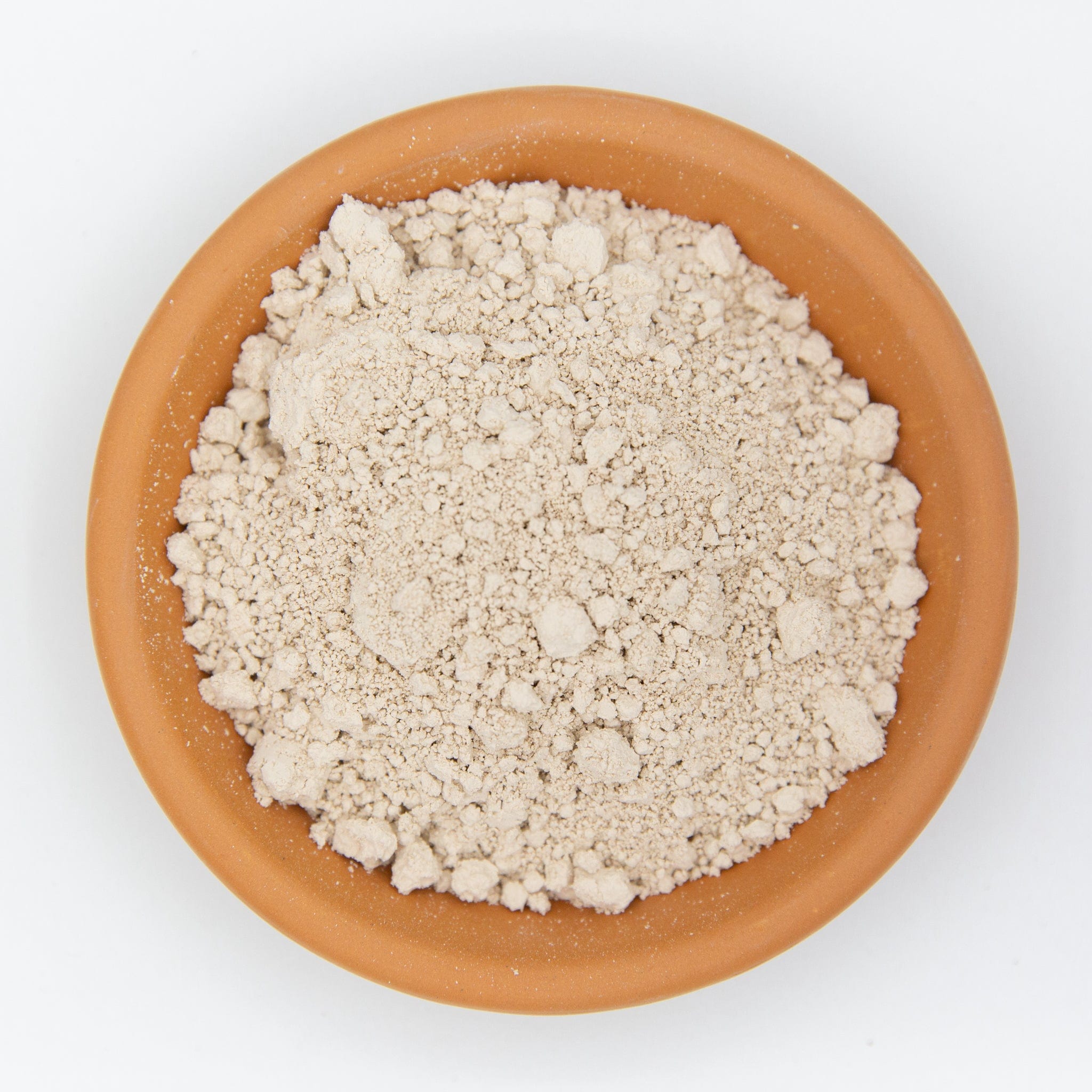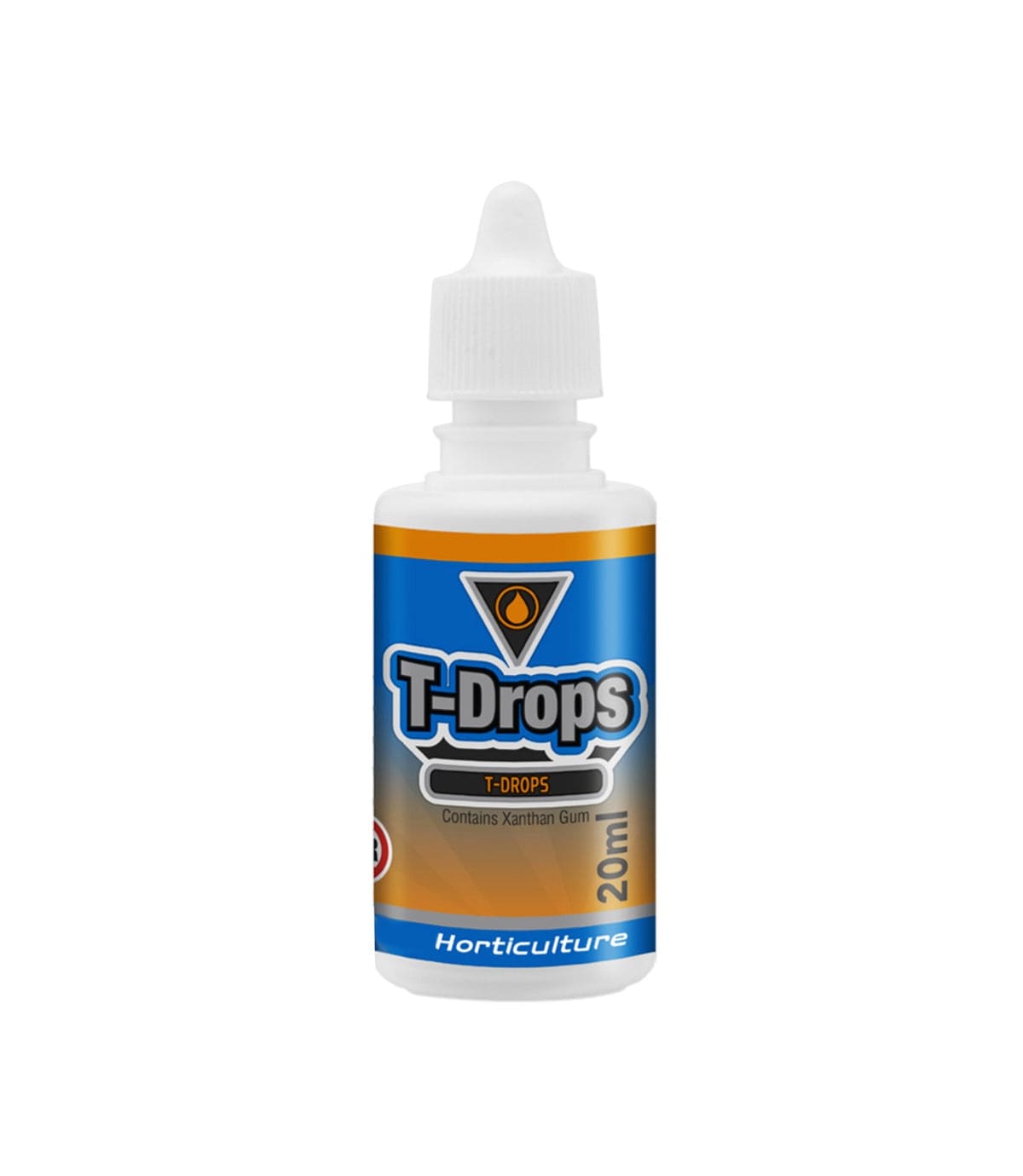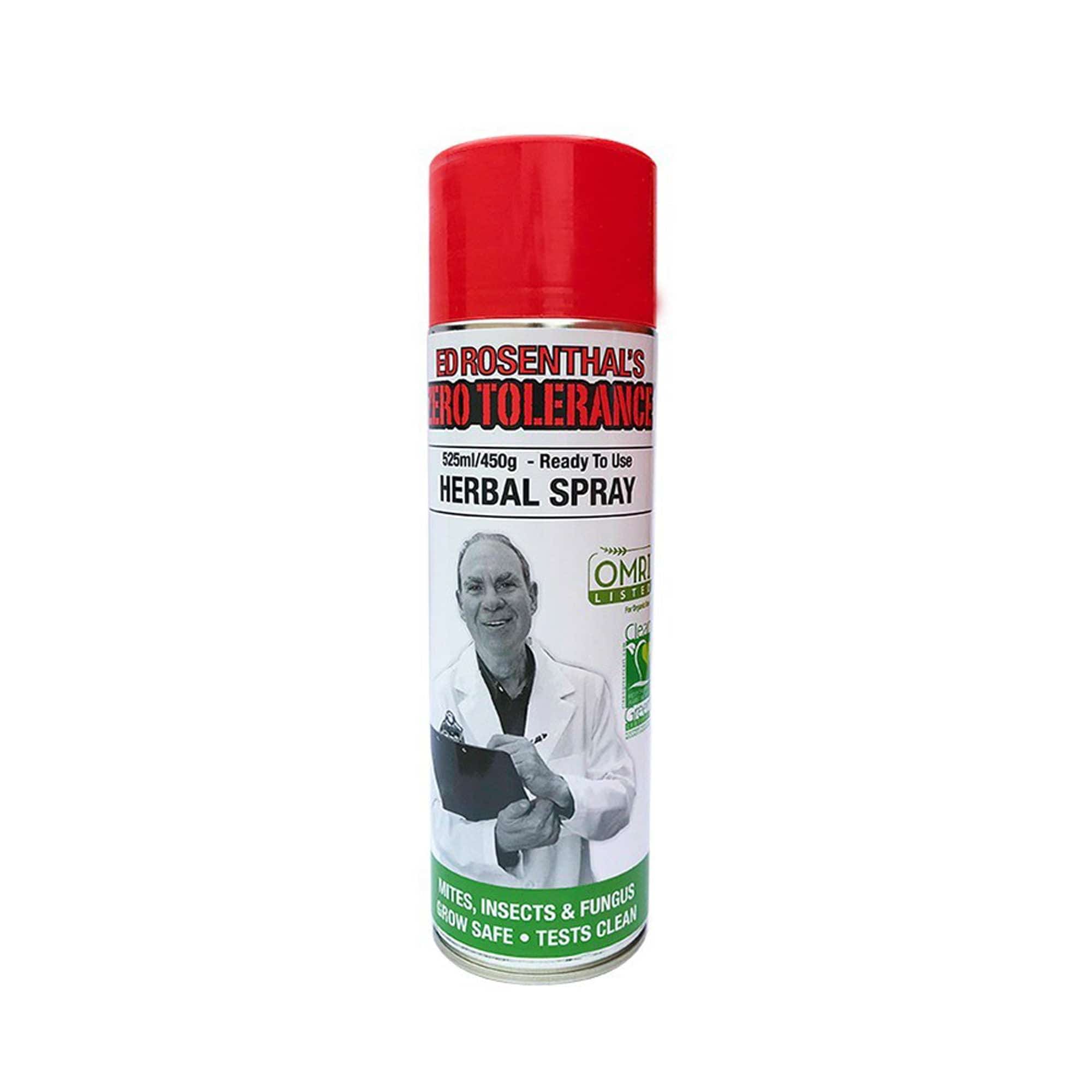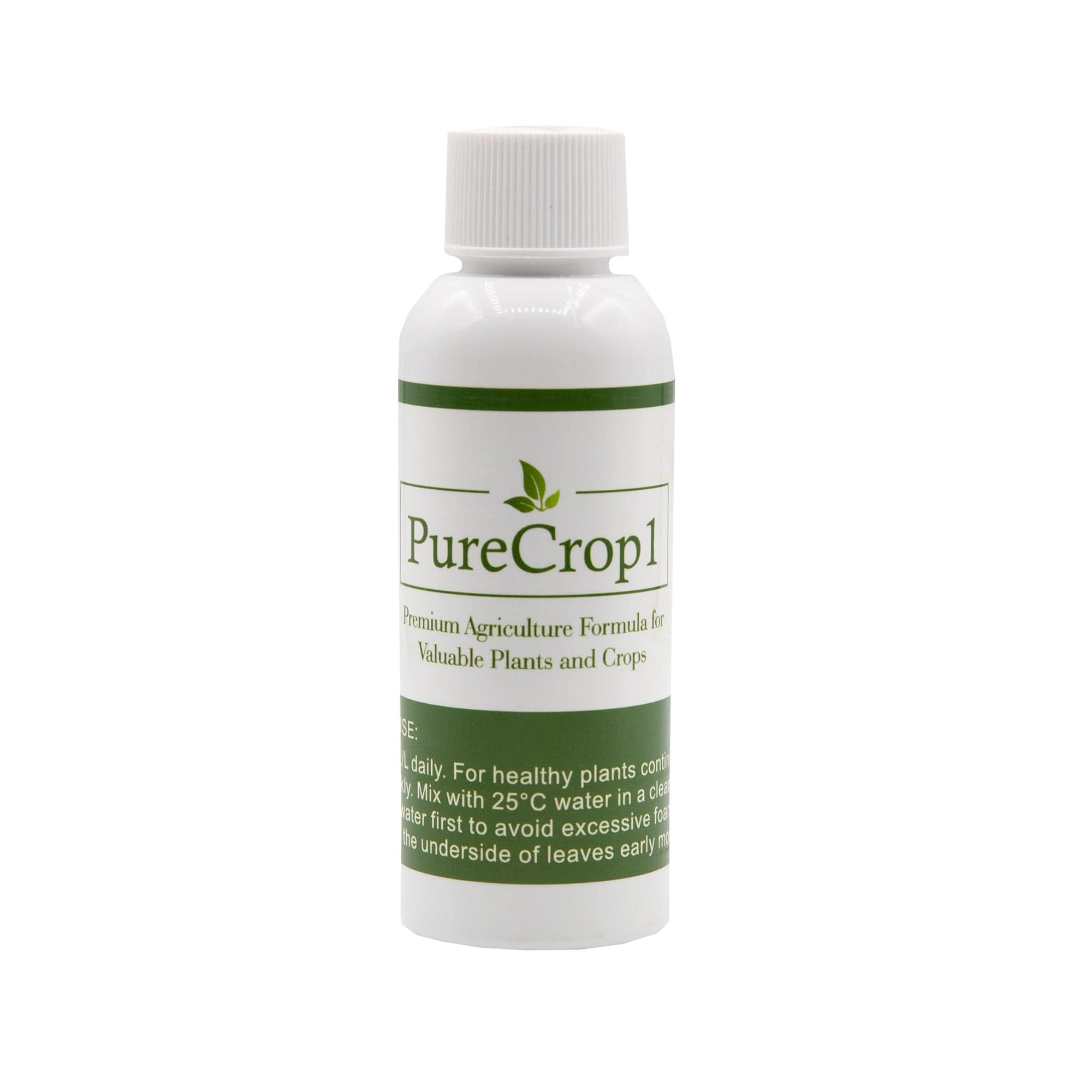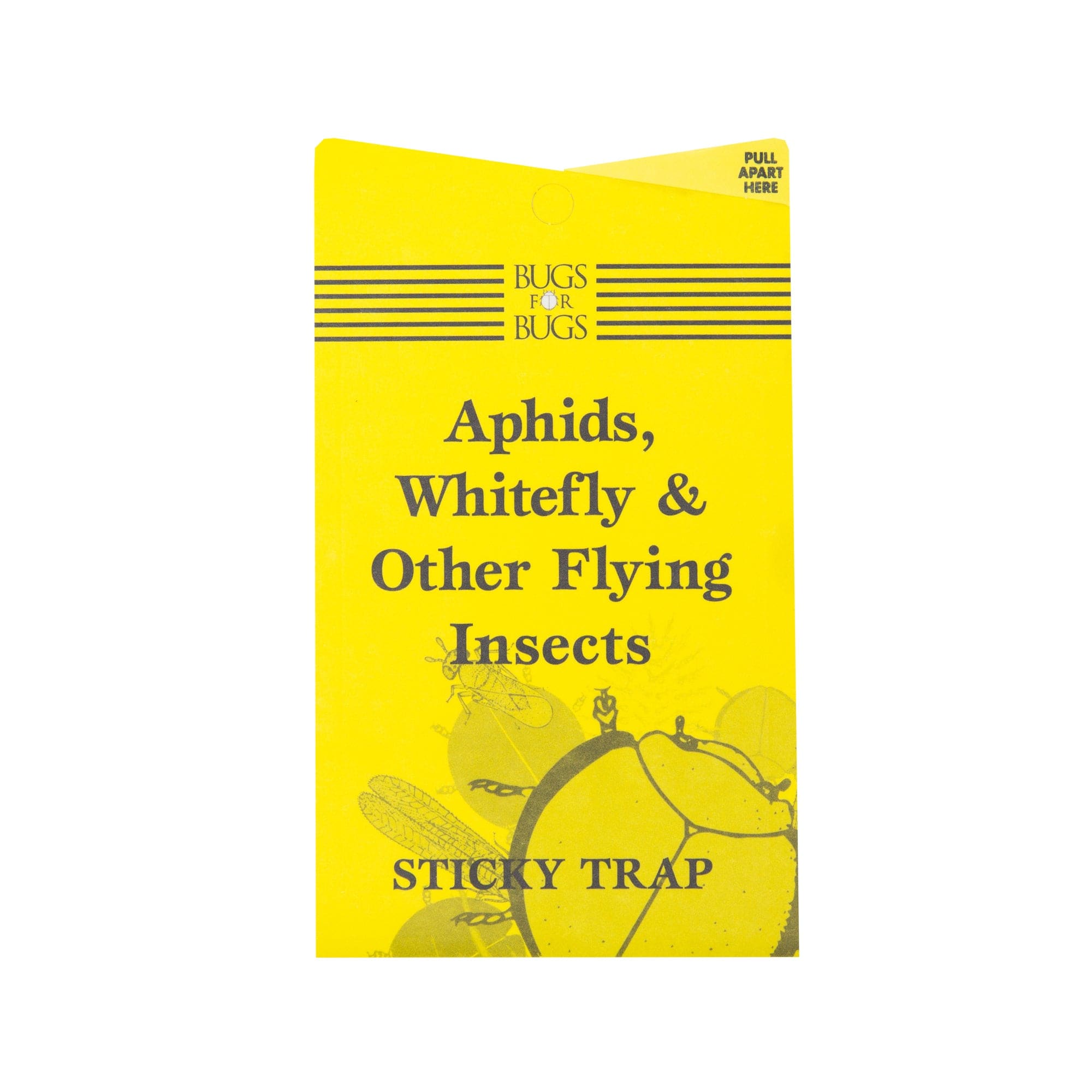How to identify, treat & prevent two-spotted mites before they wreck your plants
What Are Spider Mites?
Spider mites are sap-sucking arachnids (not insects) that thrive in warm, dry conditions. The two-spotted spider mite is the most common culprit in Aussie veggie patches, houseplant jungles and hydro grows. Left unchecked they:
-
Pierce leaf cells, causing pale “speckling” or bronzing
-
Spin fine webbing that shields colonies and eggs
-
Reproduce lightning-fast – a full generation in as little as seven days at 28 °C
How to Identify Damage?
-
Visual check – Look for pinpoint yellow or white specks that coalesce into bronzed patches.
-
Paper test – Tap a suspect leaf over white paper; look for tiny moving dots the size of ground pepper.
-
Webbing – Silky threads at leaf axils or undersides signal an established infestation.
-
Magnify – A 10× loupe reveals oval bodies with two dark flanks (the “two spots”).
Spider-Mite Life-Cycle & Seasonal Timing
|
Stage |
Duration (at 25 °C) |
Notes |
|
Egg |
3 days |
Laid on leaf undersides |
|
Larva |
1 day |
3 pairs of legs |
|
Protonymph |
2 days |
Starts feeding heavily |
|
Deutonymph |
2 days |
Webbing becomes obvious |
|
Adult |
2–4 weeks |
Females lay 100+ eggs |
Aussie outbreaks spike in late spring and again in mid-summer when temps exceed 25 °C and humidity dips under 40 %. Indoor grows with powerful LED lights can see year-round pressure.
Prevention Tips
-
Boost humidity – Group plants, mist lightly or run a humidifier.
-
Improve airflow – Clip dense foliage and install an oscillating fan.
-
Leaf hygiene – Wipe dust with a damp cloth or use TurboWash Leaf Cleaner to remove residues that shelter eggs.
-
Regular scouting – Inspect undersides weekly with a loupe. Early detection beats any spray.
Treatment Options & Product Picks
A. Organic & Low-Impact
|
Goal |
Product |
Why it works |
|
Abrasive barrier & desiccant |
Food-grade silica scratches mite cuticles; dust leaf undersides or make a slurry spray. |
|
|
Botanical knock-down |
Plant-derived oils disrupt cell membranes; safe for edible crops when used as directed. |
|
|
All-round IPM cleaner |
Soy & citrus extracts dissolve webs and smother eggs without synthetic residues. |
B. Conventional Contact Sprays
|
Situation |
Product |
Edge |
|
Heavy adult populations |
Rapid knock-down; breaks feeding immediately. |
|
|
Dormant trees & ornamentals |
Sulphur & calcium polysulphides kill overwintering eggs. |
C. Systemic & Residual Protection
|
Need |
Product |
Benefit |
|
Up to 8 weeks shield |
Moves within plant tissue to hit hidden mites; rain-fast after drying. |
|
|
Extreme infestations (ornamentals only) |
Translaminar mode of action wipes nymphs & adults; use once per crop cycle. |
7-Step Action Plan
-
Isolate affected plants to stop migration.
-
Mechanical clean-up – Blast undersides with water, then apply Green Cleaner at 15 ml/L to strip webs.
-
Knock-down spray – Follow immediately with Kendon Pyrethrum (mix 10 ml/L). Repeat 3 days later.
-
Leaf shield – After knock-down, apply Broad Blue Protect RTU evenly to tops & bottoms of leaves.
-
Soil & crevice dusting – Puff Diatomaceous Earth on pot rims and media surface.
-
Monitor & re-treat – Scout twice weekly. If mites persist, rotate to Kill-A-Mite (ornamental use) or a second botanical spray for edibles.
-
Long-term hygiene – Maintain airflow, humidity above 45 % and wipe leaves fortnightly with TurboWash.
Tip: Always spray at dusk or under low light to prevent leaf burn and give solutions time to work overnight.
FAQs
Will one spray eliminate spider mites?
Rarely. Females lay eggs daily, so plan for at least two follow-up treatments five to seven days apart.
Can I use these products on edible crops?
Diatomaceous Earth, Zero Tolerance and Green Cleaner are ideal for herbs & veggies when used per label. Kill-A-Mite is for ornamental plants only.
Are spider mites resistant to pyrethrum?
Resistance is possible with repeated single-chem sprays. Rotate modes of action (e.g., botanical → pyrethrum → systemic) and integrate cultural controls.
Do I need to treat the soil?
Spider mites live mostly on foliage, but dusting the pot rim and media with Diatomaceous Earth helps stop migrations and emerging adults.
Final Word
Spider mites spread fast but you can beat them with sharp eyes, the right products and a tight schedule. Keep this guide handy, stock up on the treatments above, and reclaim your garden’s health.
Need more pest solutions? Explore the full Spider Mite Treatment collection or email us for tailored advice.
Happy growing!
About the Author



